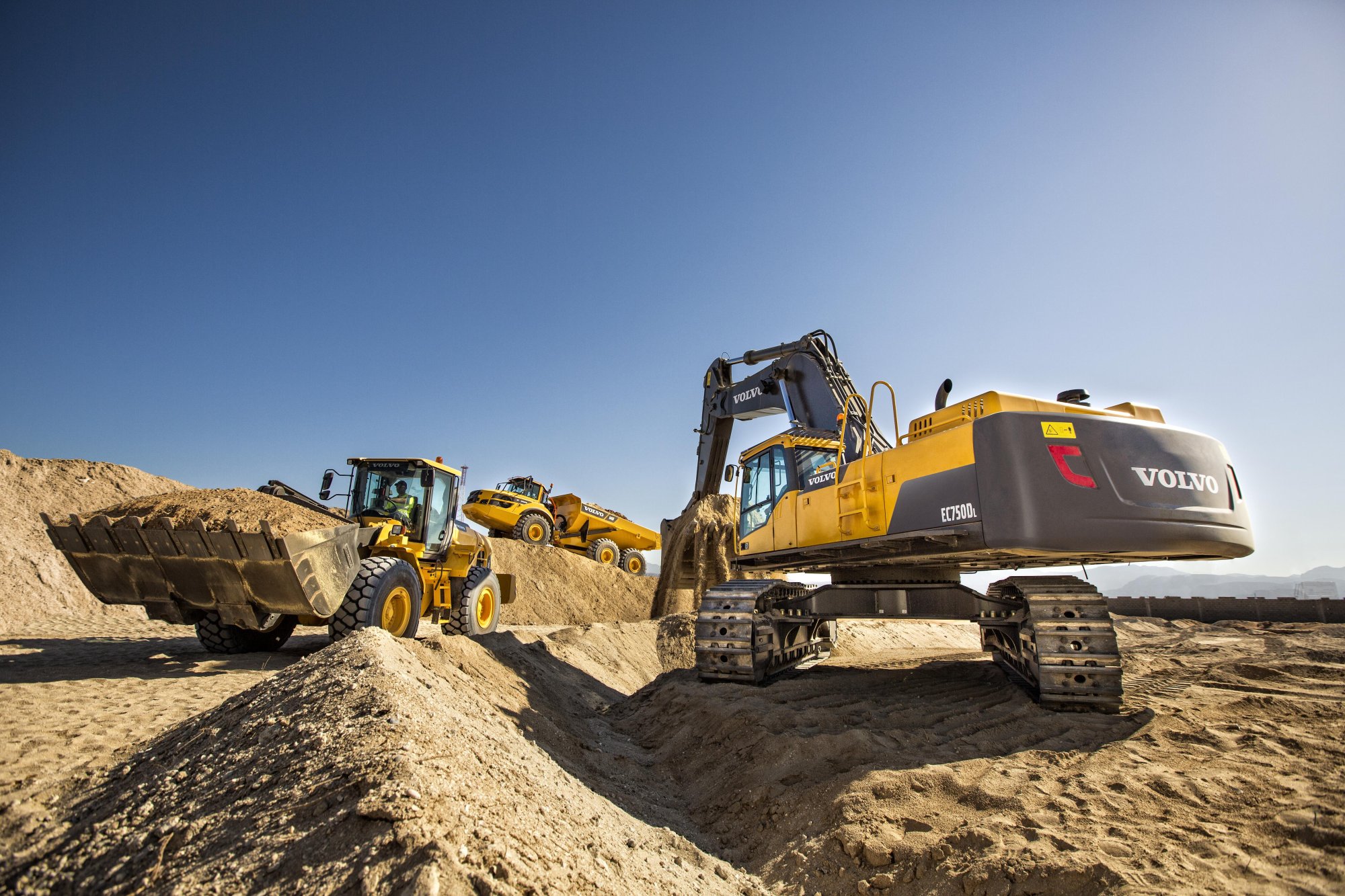
Mobile equipment is critical to your business, but your fleet itself is not your core business, right? Rather, your mobile fleet is a means to an end, allowing you to provide a product or service to your customers — and hopefully turn a profit along the way.
Managing the maintenance, repairs and life cycle planning to keep your machines running on top of the financial provisions to make it all pay off can be overwhelming. You’ve probably wondered (more than once) whether such time and finite resources could be better utilized.
If this all resonates, a new procurement option called Equipment as a Service may be your new best friend.
In 1962, Rolls-Royce introduced a business model called “power by the hour,” which offered a fixed cost per flying hour and covered maintenance and repair on select aircraft engines.
The early 2000s saw the rapid proliferation of subscription-style purchasing for the use of cellphones, photocopiers and similar hardware. Today, this concept is gaining traction in the construction industry under the moniker “Equipment as a Service,” or EaaS for short.
So what exactly is EaaS? What are the benefits of it? And how can you determine whether it’s right for your business? Keep reading to find out.
What Is Equipment as a Service?
EaaS is a long-term, customized agreement where you don’t buy a machine — you purchase its use as an all-inclusive service. You pay as it’s used, typically by the hour instead of the fixed weekly or monthly payment of a lease or rental. This allows you to use equipment when and where you need it (and not worry about what it’s costing you when not in use), with all necessary support included and managed by a service provider.
With most EaaS models, you purchase a set number of fleet operating hours at a fixed hourly rate and pay for the time only when you actually use it. It’s like a metered taxi ride where you only pay for the time you’re in the cab, and the rate is transparent and locked in.
Because you’re not buying or even leasing the equipment, it need not be a capital expense and will stay off your balance sheet. This offers significant financial and tax benefits over leasing by reducing costs and not tying up finite capital.
EaaS works best as a fleet-based service for the use of multiple machines. This greatly reduces risk for the end-user and balances the variability of one type of machine use versus another.
Depending on the service provider, one of the biggest benefits is that an EaaS agreement comes with an uptime or availability guarantee, ensuring the quality of service being provided. This provides reliable uptime and access to the newest machines without the ownership and maintenance responsibilities.
Another highlight is the “pay as you go” concept. There’s no up-front investment required, and it’s scalable. Paying as you work makes your cash flow more efficient because your operating costs and revenue generation are highly aligned.

What’s Included & What’s Not?
EaaS contracts should include things like scheduled maintenance, repairs or rebuilds as well as factory updates. Some may even include unscheduled repairs, so the fleet effectively has a full warranty for the life of contract.
It’s common for a few things to be excluded from the base EaaS hourly rates, such as fuel, diesel exhaust fluid (DEF) and site-specific wear items like tires, rims and undercarriage and ground-engaging tools. Issues resulting from misuse may also be excluded.
EaaS rates don’t include operators or site management — those remain your responsibility and core business activity. If you need help improving operator skills or site efficiency, you may want to add options to your agreement like an operator competency program, site assessments or digital services.

What are the Operational Benefits?
- Productivity — The service provider should tailor the fleet scope, size and specs to your needs so that production is secure and optimized.
- Production-driven pricing — The more a fleet works, the cheaper it is by the hour. With some service providers, if forecast hours are exceeded, you can get a credit back at the end of the year and reduce net costs even further. No more rentals or leases where “working too much” triggers penalties; in fact, EaaS rewards extra work!
- Guaranteed uptime — Because the fleet is monitored and maintained for you, downtime is resolved faster or prevented entirely.
- A single interface — Clear lines of communication are defined and used so that operations are always aligned. Some service providers make the commitment to you and then rely on their local dealer network to deliver on those promises. This means the dealer and original equipment manufacturer (OEM) are focused on the same thing: customer uptime.
- Scalability — In an EaaS contract, it should be easy to add more hours, expand the fleet and/or geographies, and so on.
- Access to the latest and greatest — This procurement option allows you to add the newest machines and technology to your fleet, which could mean better fuel efficiency, reduced environmental impact, higher productivity and happier operators.
A Recap of the Financial Benefits
- Optimal cash flow — Fleet costs are directly tied to usage. If you have a lighter month, then your costs will be lower. In a busier month, your costs will be higher. But revenue moves in the same way, so your net cash flow is aligned. This is particularly helpful at the start of a project when fleet investment is at its peak, but revenue is just beginning to build or is still a projection.
- OpEx instead of CapEx — Leasing got popular because it could be booked as an operating expense and didn’t impact a balance sheet. But the latest accounting standards are clear: Leases should register as capital expenditures (CapEx), not operating expenditures (OpEx). The internal cost of capital should be added to a lease calculation (up to 10% per year for some companies), and property tax often applies to leases. EaaS should qualify as an operating service, making it a good way to secure fleet use over the long term without impacting your balance sheet.
- More CapEx reduction — Another CapEx that goes away is your investment in spare parts inventory because that is the responsibility of the service provider. An uptime guarantee can also drastically reduce — if not eliminate — the need for backup or standby machines, which can be unpredictable and expensive.
- Transparency — With EaaS, fleet ownership is separated from fleet use. Each party’s responsibilities are clearly defined, which simplifies operational management and provides an aligned focus on uptime and productivity.
- Risk management — With EaaS, the service provider bears the cost of any unscheduled repairs or breakdowns. Hourly rates are defined over the long term, insulating you from unforeseen or undue price increases, and you no longer have the risk or headache of disposing of old machines or obsolete parts (stranded assets).
Is EaaS for Everyone?
This service works best for large, predictable blocks of usage hours. Shorter-term needs for fewer machines are usually best served by renting. There’s still a place for leasing, and there are good reasons to purchase portions of a fleet — EaaS is simply another avenue to consider.
This model can radically change your mobile fleet costs and management for the better. It requires careful consideration to understand how it could impact your business and whether it makes sense for you. This largely comes down to good communication. If your interest is piqued, reach out to your service provider to see how it could work for you.
